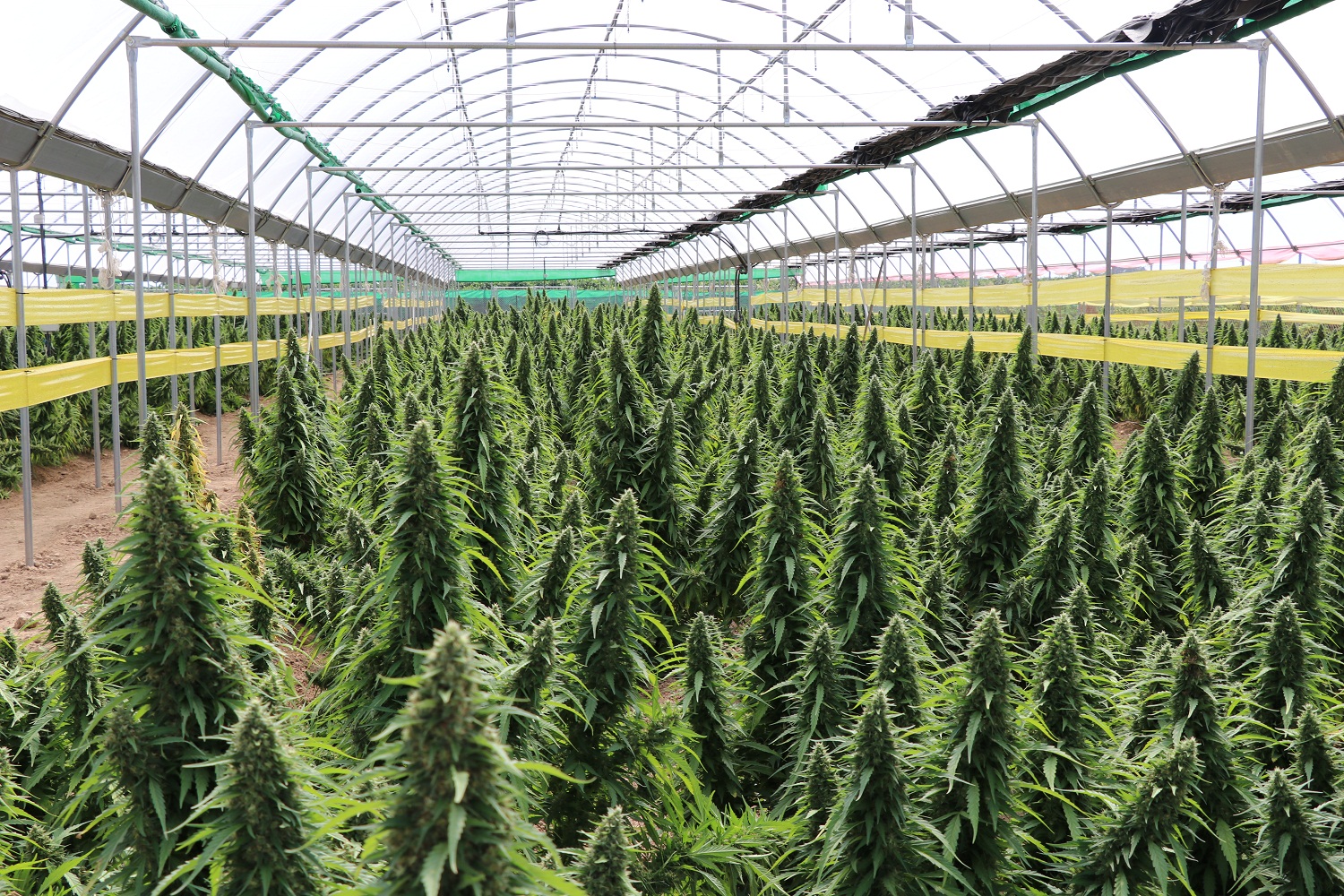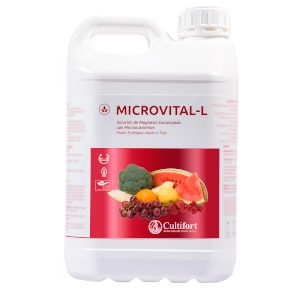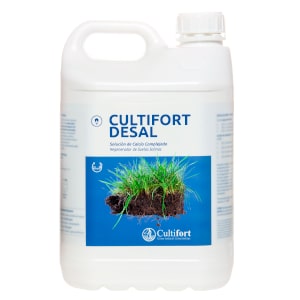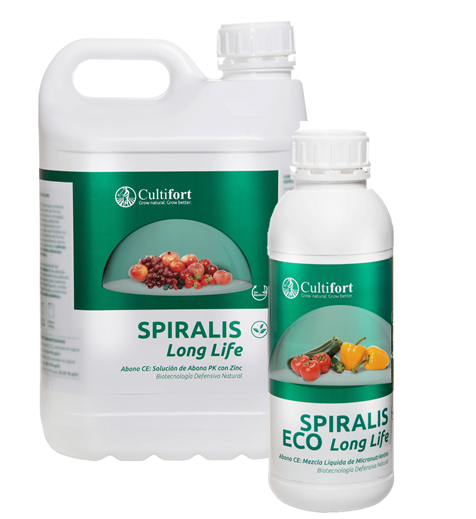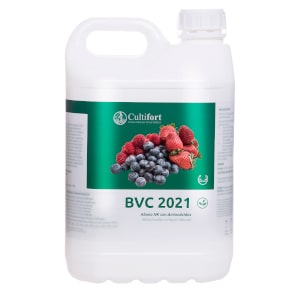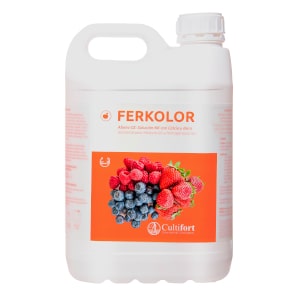Cannabis sativa L. is an annual herbaceous plant belonging to the Cannabaceae family characterised by cannabinoid compounds, the most relevant of which are tetrahydrocannabinol (THC), which has a psychoactive effect, and cannabidiol (CBD). It includes the subspecies sativa, ruderalis and indica. “Hemp is the term commonly used to refer to the type of Cannabis sativa spp. sativa, with a low THC content, cultivated mainly for medicinal and scientific purposes, although there is also the possibility of cultivation for industrial purposes (obtaining fibre, grain and seeds), albeit with low demand and no profitability.
Interest in the cultivation of hemp (Cannabis sativa L.) is currently increasing, however, it is worth clarifying a series of doubts and considerations that may be useful when deciding to grow it.
The demand for products made with CBD, a phytocannabinoid extracted from the hemp plant, is experiencing a significant increase. This demand is leading to a renewed interest in hemp cultivation, basically aimed at the production of cannabidiol (CBD), a destination prohibited by current legislation and which is being dressed up in the guise of legality by referring to supposed “industrial” uses, such as the production of fibre, when in reality it is a by-product with no real economic value.
The traditional cultivation of textile hemp was very important in Andalusia until the middle of the last century, occupying large areas and maintaining an associated processing industry. The introduction of other crops for fibre production, such as cotton and, above all, the irruption of synthetic fibres, led to the disappearance of the crop and its processing industry.
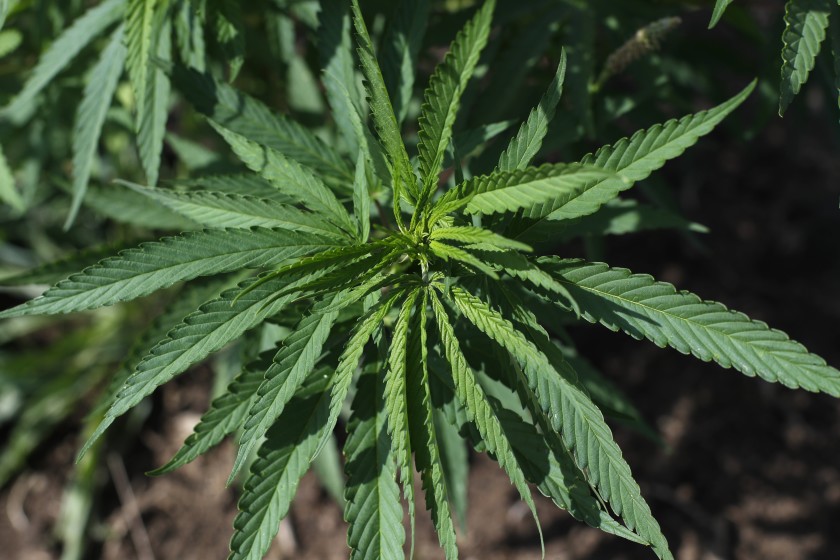
There is currently no demand for hemp fibre in Spain and the prices paid for this product in other European countries are well below the profitability threshold of any of the current cultivation alternatives, whether rainfed or irrigated, so that although it can be cultivated under certain conditions, its economic profitability is nil.
The use of certified seeds of hemp varieties with low tetrahydrocannabinol content (THC < 0.2%), registered in the Common Catalogue of varieties of agricultural plant species of the European Union, is the first step to grow hemp legally in Spain, since regardless of the THC percentage, hemp intended for the production of buds for the extraction of any cannabinoid, including CBD, is subject to prior authorisation by the Spanish Agency of Medicines and Health Products (AEMPS).
The proliferation of intermediary agents offering farmers the purchase of hemp under a certain appearance of legality and with very attractive economic conditions at first glance, can have even criminal consequences, where the risks far outweigh the expected benefits.
The farmer must take a series of precautions in order not to be deceived and not to fall into conduct susceptible to criminal liability, as there are certain illegal practices on the part of buyers of supposedly industrial, medicinal, horticultural, biomass or other types of hemp that hide the objective of producing CBD or THC. These are the following:
- The purchaser of the hemp harvest does NOT have a written authorisation from the Spanish Agency for Medicines and Health Products (AEMPS). Any use other than the production of fibre, seeds or grains can only be done with the written authorisation of the AEMPS. If the buyer does not have this authorisation, this is a first warning sign that the farmer should take into account. The producer/plot would also require authorisation from the AEMPS.
- The farmer does NOT directly receive or handle the hemp seed to be grown. It is only legal to grow certified seed of certain varieties of hemp. This seed is marketed in closed packages with an identifying label and is the only guarantee of the legal origin of the plant material. The fact that the buyer is provided with “legal” labels separately from the delivery of the plant material means that the farmer takes the risk of growing plant material of unknown origin, which can have serious legal consequences.
- The farmer directly receives already germinated seedlings for cultivation. Analogous to the previous alarm, this practice means that the farmer assumes all the risk of growing material of unknown and, in many cases, irregular origin.
However, there is no regulation preventing a seed dealer from providing the service of seed germination, but it is the responsibility of the seed dealer to ensure the legal origin and traceability of the germinated plant material. However, vegetative propagation is a different operation from mere seed germination and is therefore not allowed on the basis of national regulations.
- The price to be charged for hemp production is linked to characteristics other than the mere production of seeds, grains or fibre, such as references to the CBD content of the harvest. This is a clear signal that the production of fibre or biomass is intended to give a semblance of legality to a prohibited activity, such as the production of CBD from hemp buds.
- The buyer (and supplier of the seeds) is NOT responsible in case the analysis carried out on the already implanted crop exceeds the maximum level legally established for THC content. In many cases, the absence of control over the material actually implanted (not always related to the labels kept as vouchers) causes certain batches of seeds to exceed the legal THC limits, a risk that the farmer alone assumes and which is criminally punishable conduct.
- The buyer establishes, verbally or in writing, cultivation practices that are not oriented towards the production of seeds or fibre. The most obvious case is that the plants are forced to be harvested at the phenological stage of flowering, an obvious sign that the product sought is buds and not seeds or fibre.
When the crop is intended for fibre and grain production, prior authorisation by the AEMPS is not required. In these cases it should be taken into account:
- Certified seeds of varieties listed in the Common Catalogue of Varieties of Agricultural Plant Species of the European Union or of varieties with a provisional marketing authorisation according to Commission Decision 2004/842/EC1 of 1 December 2004, which have a content of the narcotic substance tetrahydrocannabinol (THC) of less than 0.2%, must be used.
- The crop may only be used for the production of fibre, grain and seeds and under no circumstances may the buds be handled separately.
- It is necessary to register the holding and make the annual declaration of production in the Andalusian Register of Agricultural and Forestry Holdings.
- It is advisable to inform the nearest Guardia Civil or National Police station of the location and purpose of the crop before starting any cultivation practice.
Current legislation only provides for authorisation by the AEMPS for medical and scientific use, so the production of buds for cosmetic use is not currently permitted under any circumstances in Spain.
In the case of hemp for human consumption, only those foods derived exclusively from the kernels (the seeds not intended for sowing) of hemp such as hemp oil, hemp protein and hemp flour have a history of safe and significant consumption, provided they are varieties with a THC content below 0.2%. The other parts of the hemp plant such as leaves, stalk, buds, etc. have not been able to demonstrate a history of significant and safe consumption in the European Union before 15 May 1997 and are therefore considered as novel foods and fall under the scope of the Novel Food Regulation (EU) 2015/2283.
To produce hemp seeds, it is an initial requirement to be registered as Seed Products and Nursery Plants, in the corresponding category according to Royal Decree 1891/2008 and classified within the group of textile species, and must also comply with the Technical Regulations for the Control and Certification of Seeds of Textile Plants approved by Order ARM/3372/2010.
At this point, we understand that the profitability of hemp cultivation lies in contracting with a buyer who has authorisation from the AEMPS and who supplies us with certified seed. The farmer’s participation during the process is only limited to growing the plant, as when the time comes to harvest, it will be the buyer who will take care of the harvest, removing 100% of the plants, not just the buds.
Therefore, the farmer should only be concerned with ensuring that the plant grows strong, healthy, free of pests and diseases, limiting his activity to crop management: irrigation, nutrition, green operations, phytosanitary control, etc. Hemp is not a particularly demanding plant in terms of nutrition and does not usually have serious problems in terms of pests and diseases, although it should be borne in mind that a well nourished and hydrated plant will be less susceptible to the incidence of biotic agents and will withstand abiotic stresses better.
From the technical department of Cultifort we recommend a global management of the crop aimed at preventing stress situations, as these could produce hormonal changes whose effects on THC and CBD levels are still unclear.
The first of the recommended products is MICROVITAL – L, indicated to improve crop establishment, vegetative development and to prevent magnesium, boron, iron, manganese and zinc deficiencies. It is a biological soil activator of vegetable origin, rich in organic magnesium complexes and micronutrients, which also includes flavonoid molecules with high antioxidant capacity. This product can be used throughout the entire crop cycle, although it is of particular interest during the establishment phase of the crop.
Another product focused on improving soil conditions is Cultifort DESAL. Thanks to its formulation, it corrects soils and water with saline-sodium problems, with high electrical conductivity (EC), while helping to correct calcium deficiencies. It also corrects problems associated with sodium, chlorine and magnesium in irrigation water. Thanks to Cultifort DESAL, we can improve drainage and the efficiency of irrigation, also avoiding waterlogging problems. Its formulation contains organic acids that bind to the clay-humic complex, helping to increase the Cation Exchange Capacity (CEC) of the soil.
Spiralis Long Life and Spiralis ECO Long Life are two very present and regular products in our Cultinews. Both are the result of the development of our innovative R&D line, Natural Defensive Biotechnology. They are fertiliser solutions that include a complex of organic acids and selected peptides, related to green and red algae, of rapid assimilation, which enhance the bioprotective effect against various abiotic stress factors. Spiralis Long Life and its ECO version promote the induction and facilitate the mobilisation of precursors of the plants’ natural defences, thereby boosting the synthesis of endogenous molecules with high defensive capacity and systemic effects. In other words, Spiralis activates the plants’ natural defence mechanisms. These are latest generation formulas with molecules that are highly compatible with plant tissues, which allow their total and immediate absorption (between 1 and 8 hours) and whose effect can last for several weeks. If you would like to know more about the action mechanisms of Spiralis Long Life and Spiralis ECO Long Life, click here.
To induce flowering, in addition to the strict requirements of light, temperature and humidity, we can count on BVC 2021, a metabolic activator that acts even under adverse conditions, with a powerful cytokinin effect. Its function as a metabolic activator is based on the supply of natural substance precursors and the improvement of active substance profiles.
And finally, to maintain a complete and balanced nutrition, we recommend the periodic use of FERKOLOR, a formula rich in potassium, with nitrogen, calcium and boron, chelated with EDTA, chlorine-free and with a neutral pH. Thanks to FERKOLOR we will improve both growth and flowering and the correct formation of the buds, avoiding flower abortion, bud drop or deformation of the buds.
